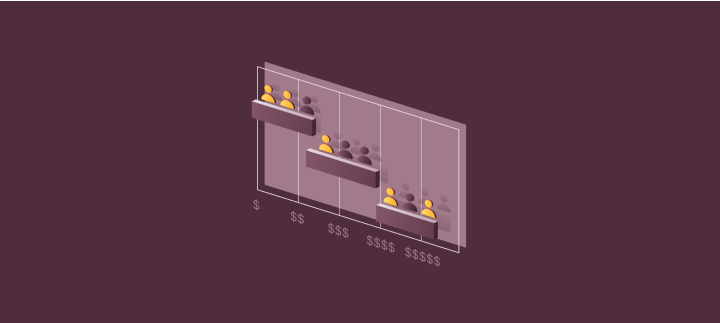Casual sick leave explained
Navigating casual employee leave entitlements can be tricky, especially in post-pandemic times, in which employee health and well-being are front and centre.
With an increasing number of casual workers comprising the labour market, an in-depth understanding of their sick and carer's leave entitlements is essential for staying on the right side of compliance.
In this article, we explore how casual and permanent employment differ, detail how sick leave works for casual employees, and explain your obligations as an employer.
All information contained in this article is accurate as of 02.10.2024. For the most up-to-date information, please refer to the National Employment Standards (NES).
Casual employment and leave entitlements
Casual employment differs from part-time or full-time roles in many ways. Casual employees, similar to contract workers, rarely work on a fixed schedule and employers generally regard their involvement as short-term or on an as-needed basis.
Another key differentiating factor between casual employment and part-time or full-time employment is their right to paid leave. While casual employees have a right to time off when they're unwell, in most cases, they don't receive sick and carer's pay during this time off.
That's where casual loading comes in. Casual employees typically receive 25% on top of the national minimum wage or base rate stipulated in the modern award they fall under to make up for their lack of paid leave entitlements, alongside the uncertain nature of their employment.
How casual sick leave works
Below, you can explore key points on how sick and carer's leave works for casual employees in Australia:
- Casual employees don't receive paid sick leave.
- If a casual employee can't work because of illness, injury or the need to care for a family member, they have a right to take unpaid sick leave.
- Should a casual employee need to take sick and carer's leave, they need to inform their employer as soon as possible and provide supporting evidence if there's a requirement to do so, such as a medical certificate.
- According to The Fair Work Act, there's no limit to the number of days of sick and carer's leave a casual employee may take.
Victorian Sick Pay Guarantee
The Victorian Sick Pay Guarantee pilot offered eligible casual and contract workers up to 38 hours of paid sick and carer's leave per year. The Victorian state government fully funded the guarantee, with payments made directly to casual and contract workers at the national minimum wage. This short-term initiative was designed to support workers in sectors like hospitality, retail, and healthcare.
Although there were initial discussions about extending the pilot until March 2025, it's key to note that the pilot officially closed on 30 June 2024. As of now, the program is no longer accepting claims, despite earlier rumours of an extension.
Employer obligations
There are a few legal obligations for employers to keep in mind when dealing with sick leave for casual employees:
- Unpaid leave: Employers must allow their casual employees to take unpaid sick or carer's leave if they're unfit for work because of an injury, illness or the need to undertake caring responsibilities.
- Evidence requests: Employers can request reasonable evidence, for instance, a medical certificate to substantiate the need for casual sick leave. However, it's important that the request is reasonable under the circumstances. For example, longer periods of leave might justify a request for a casual employee to provide evidence.
- Compliance with awards: Employers must adhere to any additional requirements related to casual sick leave, as per the modern award or enterprise agreement applicable to their business or industry.
Sick and carer's leave management made simple with Rippling
Managing leave for employees can be complex, as a range of rules apply depending on employment type, award coverage, and state labour laws. Rippling streamlines this process by helping businesses with leave tracking and managing payroll in line with employment regulations. With Rippling, you can stay compliant with different leave entitlements, avoid payroll errors, and simplify employee leave management.

Access the 2025 Australian Payroll & Hiring Intelligence Pack
Get essential insights for growing businesses including:
Compliance trends reshaping Australian payroll
Industry benchmarks and salary insights
Strategic recommendations for FY25
Productivity forecasts for FY25
Expert analysis of hiring trends
By clicking “Unlock your first report,” you agree to the use of your data in accordance with Rippling's Privacy Notice, including for marketing purposes.
Disclaimer: Rippling and its affiliates do not provide tax, accounting, or legal advice. This material has been prepared for informational purposes only, and is not intended to provide or be relied on for tax, accounting, or legal advice. You should consult your own tax, accounting, and legal advisors before engaging in any related activities or transactions.










